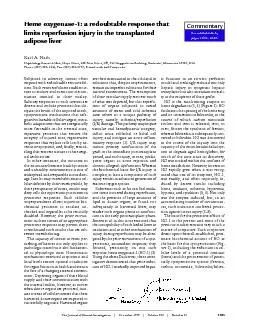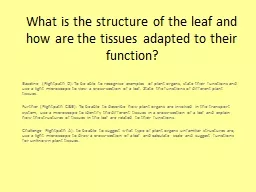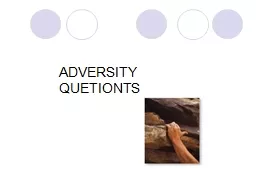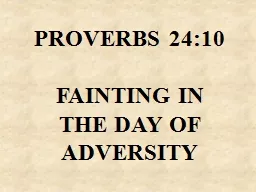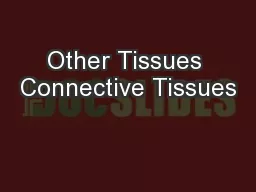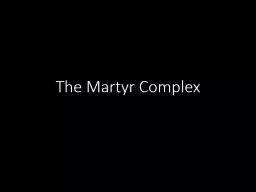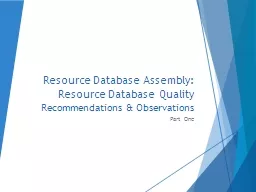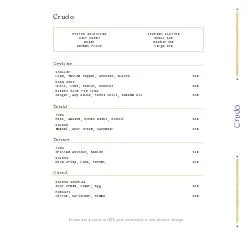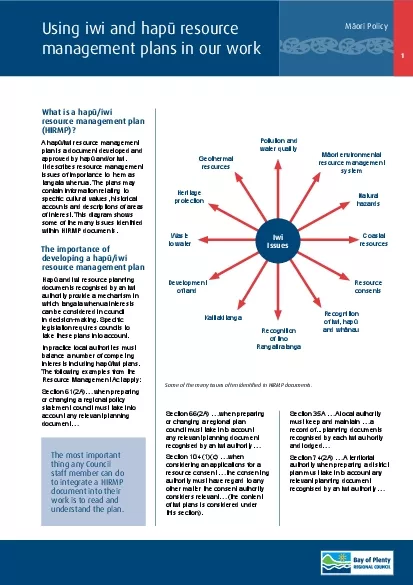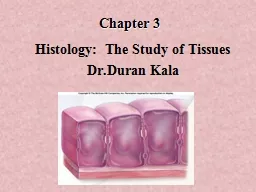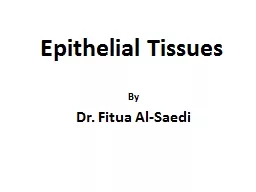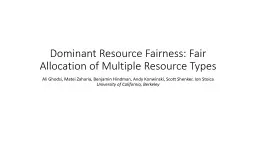PDF-Subjected to adversity, tissues oftenrespond with redoubtable resource
Author : marina-yarberry | Published Date : 2015-10-06
The Journal of Clinical InvestigationDecember 1999Volume 104Number 11Heme oxygenase1 a redoubtable response that limits reperfusion injury in the transplanted adipose
Presentation Embed Code
Download Presentation
Download Presentation The PPT/PDF document "Subjected to adversity, tissues oftenres..." is the property of its rightful owner. Permission is granted to download and print the materials on this website for personal, non-commercial use only, and to display it on your personal computer provided you do not modify the materials and that you retain all copyright notices contained in the materials. By downloading content from our website, you accept the terms of this agreement.
Subjected to adversity, tissues oftenrespond with redoubtable resource: Transcript
Download Rules Of Document
"Subjected to adversity, tissues oftenrespond with redoubtable resource"The content belongs to its owner. You may download and print it for personal use, without modification, and keep all copyright notices. By downloading, you agree to these terms.
Related Documents

